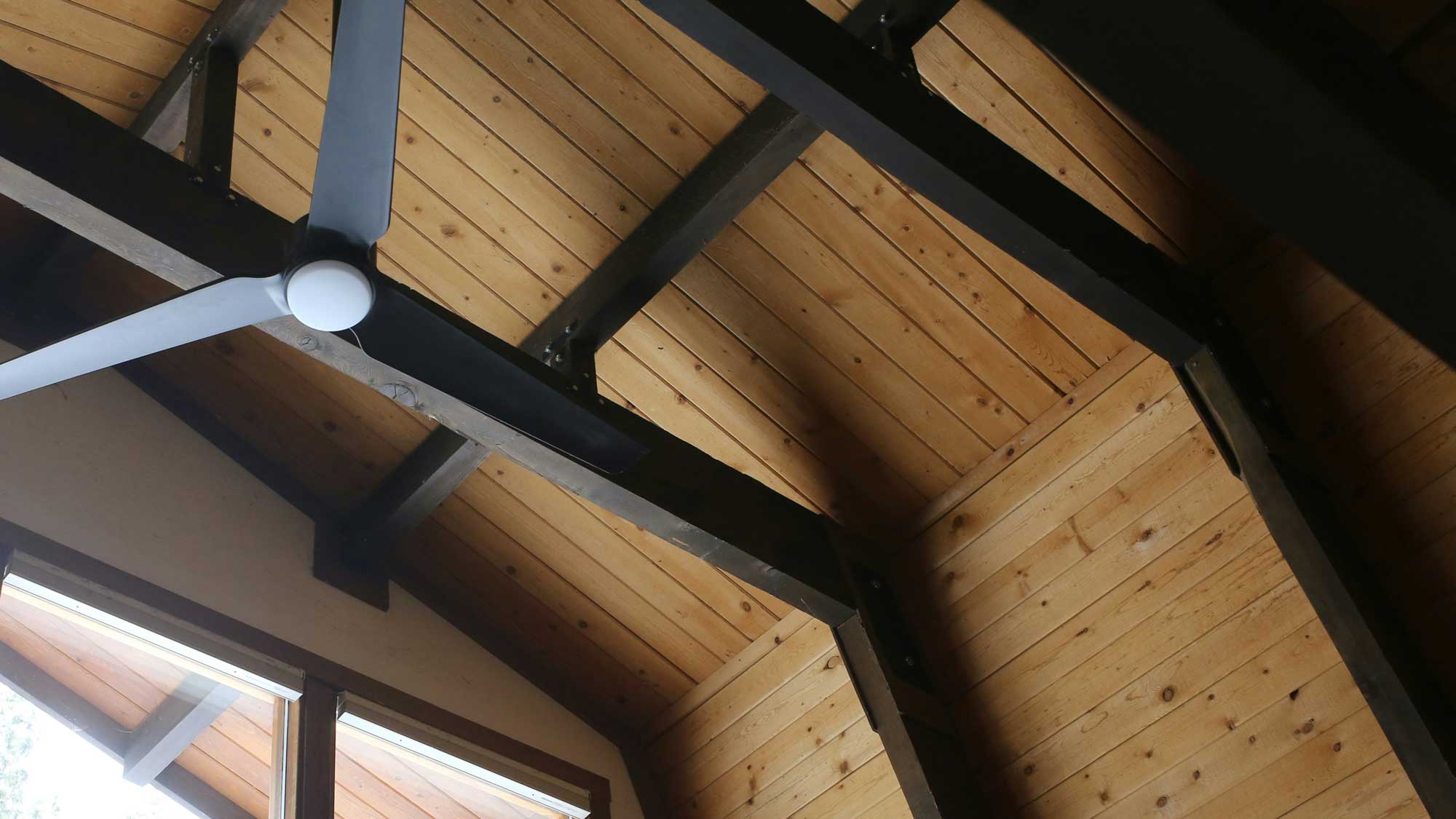Indoor air quality (IAQ) is a crucial aspect of a healthy living environment. Given that most people spend a significant amount of their time indoors, the quality of the air inside our homes and workplaces can have profound effects on our health and well-being. Poor IAQ can lead to various health problems, including respiratory issues, allergies, and even long-term diseases. Here, we will explore the importance of indoor air quality and provide practical tips and tricks to improve it.
Why Indoor Air Quality Matters
Health Implications
Indoor air pollutants can cause a range of health issues. Short-term effects include irritation of the eyes, nose, and throat, headaches, dizziness, and fatigue. Long-term exposure to polluted indoor air can lead to respiratory diseases, heart disease, and cancer. Children, the elderly, and individuals with pre-existing health conditions are particularly vulnerable to the effects of poor IAQ.
Comfort and Well-being
Good air quality is not just about avoiding illness; it also contributes to overall comfort and well-being. Clean, fresh air can enhance your mood, improve sleep quality, and boost cognitive function. In contrast, stale or polluted air can make you feel lethargic and negatively impact your mental and emotional state.
Common Indoor Air Pollutants
Understanding the sources of indoor air pollution is the first step in improving IAQ. Here are some common pollutants and their sources:
- Volatile Organic Compounds (VOCs): Emitted by household products such as paints, cleaning supplies, and air fresheners.
- Particulate Matter (PM): Includes dust, pollen, pet dander, and smoke particles.
- Biological Contaminants: Mold, mildew, bacteria, and viruses that thrive in damp environments.
- Carbon Monoxide (CO): Produced by burning fossil fuels in stoves, heaters, and fireplaces.
- Radon: A naturally occurring radioactive gas that can seep into homes from the ground.
How to Improve Indoor Air Quality
Improving IAQ involves a combination of source control, ventilation, and air purification. Here are some practical steps you can take:
1. Source Control
- Choose Low-VOC Products
Opt for paints, cleaning supplies, and other household products labeled as low-VOC or no-VOC to reduce the emission of harmful chemicals. - Avoid Indoor Smoking
Smoking indoors releases numerous pollutants that can linger in the air and on surfaces. Designate outdoor smoking areas to keep your indoor air clean. - Use Natural Cleaning Products
Switch to natural cleaning products that do not release harmful chemicals. Ingredients like vinegar, baking soda, and essential oils are effective and eco-friendly alternatives. - Control Moisture Levels
Keep humidity levels in check to prevent mold and mildew growth. Use dehumidifiers in damp areas and fix any leaks promptly.
2. Improve Ventilation
- Open Windows
Regularly open windows and doors to allow fresh air to circulate. This is especially important when using products that release pollutants, such as during cleaning or painting. - Use Exhaust Fans
Install and use exhaust fans in kitchens and bathrooms to remove moisture, odors, and pollutants directly from the source. - Mechanical Ventilation
Consider installing a mechanical ventilation system, such as an energy recovery ventilator (ERV) or heat recovery ventilator (HRV). These systems bring in fresh air while retaining the energy used to heat or cool your home.
3. Air Purification
- Air Purifiers
Invest in a high-quality air purifier with a HEPA filter to capture fine particulate matter and other pollutants. Place air purifiers in commonly used areas like bedrooms and living rooms. - Indoor Plants
Certain indoor plants can help improve air quality by absorbing pollutants. Examples include spider plants, peace lilies, and snake plants. However, be mindful of potential allergens from plant pollen. - Regular Cleaning
Keep your home clean and dust-free by vacuuming regularly with a vacuum equipped with a HEPA filter. Dust surfaces, wash bedding, and clean air vents to reduce the buildup of pollutants.
At Issho, our Revive program offers comprehensive resiliency services to ensure your home has the best possible air quality. Whether you’re looking to improve IAQ in your current home or incorporate sustainable practices into new construction, Revive has the solutions to meet your needs. Contact us today to learn more about how we can support your journey towards cleaner, healthier air.
References
- Environmental Protection Agency. (2023). Indoor Air Quality. Retrieved from https://www.epa.gov/indoor-air-quality-iaq.
- World Health Organization. (2023). Household Air Pollution. Retrieved from https://www.who.int/news-room/fact-sheets/detail/household-air-pollution-and-health.
- Centers for Disease Control and Prevention. (2023). Indoor Air Quality. Retrieved from https://www.cdc.gov/niosh/topics/indoorenv/default.html.
- American Lung Association. (2023). Indoor Air Pollutants and Health. Retrieved from https://www.lung.org/clean-air/at-home/indoor-air-pollutants.








